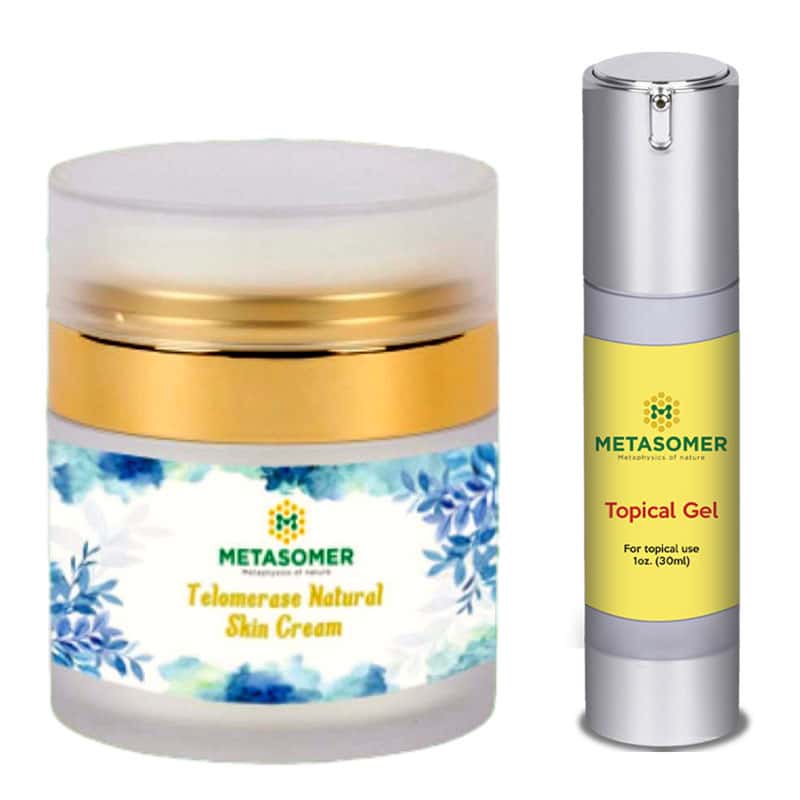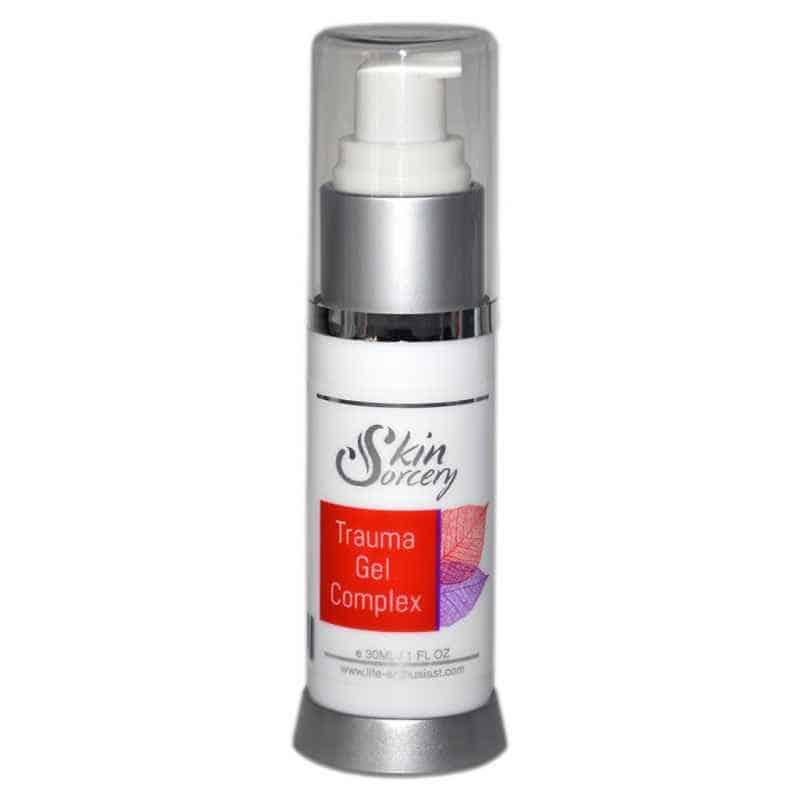No products in the cart.
History of Ostrich Products
There is a reason that the Ostrich has been around for 70 million years
The Ostrich has been farmed around the world for hundreds of years (particularly in South Africa), particularly for its feathers which were used for decorative applications and practical uses such as feather dusters. It is also claimed that ostriches produce the strongest commercial leather. The distinctive pattern of small bumps on the skin of the Ostrich requires a costly processing technique to create a beautiful exotic skin which became very fashionable during the early 1970s and is at the top of the fashion world today (peaked in the 1980s).
Ostrich meat is also considered a delicacy that tastes similar to lean beef and is lower in fat and cholesterol, as well as high in calcium, protein and iron. Uncooked, it is dark red or cherry red, a little darker than beef. The use of Ostrich Oil for cosmetic beauty and healing properties is not a modern discovery. Historical documentation reports widespread use of Ostrich Oil by ancient Egyptian, Roman and African cultures well over 3,000 years ago. It is said that Cleopatra and Nephrites, the Queen of Sheba used ostrich oil to maintain their beauty.
Refined oil from the Ostrich has been used for thousands of years to heal burns and reduce scarring, heal lesions and reduce skin irritations such as eczema, dermatitis, bed sores, dry skin, psoriasis to name a few. With the capabilities of current technology scientists have committed significant research studies to substantiate the degree of the effectiveness of Ostrich Oils for the use of cosmetic and healing purposes – especially compared to alternatives products in the world today. They found that the oil is very high in essential fatty acids, omega 3, 6 and 9.
The oil from a similar bird Emu has also has been long touted as beneficial to the skin, but Ostrich Oil is found to have an even higher content of these essential omega fatty acids. These fatty acids are vital for cell growth, division and recovery. Ostrich Oil is an ideal ingredient to help maintain a soft and healthy skin as it contains these three essential fatty acids (which the human body does not produce) necessary for rejuvenating and repairing skin cells damaged through every day stress, exposure to weather, injury and aging. It also contains certain Vitamins and Amino Acids to help maintain the health of your skin membranes. It is completely non-comedogenic – in other words – it does not clog pores.
Because the molecules are almost identical to human skin and are even smaller than the molecules in our skin, the oil is quickly absorbed and does not sit on top of the skin as do so many moisturizers. So unlike petroleum based products the Ostrich Oil penetrates deeply into the skin, providing luxurious moisture for hours without clogging pores and will not leave the skin feeling sticky or tacky to the touch. Ostrich Oil can be found in hand and body lotions, bath soaps, face creams, foot creams, and also as an Ostrich Oil rub. You can even purchase a bottle of pure Ostrich Oil which can be applied directly to the skin.
Ostrich Oil can also be used as a moisturizer beneath your favorite make-up during the day, and applied as a nighttime skin care product just before bedtime. Ostrich Oil has been found to be both anti-inflammatory and antifungal. Because the oil is has an anti-inflammatory component, it can be used for such conditions as rosacea, eczema, psoriasis and even gouty arthritic joints. It is also great for use on burns, bedsores, insect bites, skin rashes and dry skin.
Modern science continues to prove the effectiveness of Ostrich Oil as a possible solution to address these cosmetic and healing issues:
| Arthritis Athlete’s foot Aging Skin Bruises Calluses Colloids Chapped Lips Contact Dermatitis Cuts Cracked Skin Dry Skin Dry Cuticles |
Eczema Hair (brittle, unruly) Hemorrhoids Itching Insect Bites & Stings Joint Pain Muscle Pain Moisturizes Skin Psoriasis Radiation Burn Rashes Rheumatism Skin Hydration |
Skin Rashes Sore muscles Sprains Stiffness Sun Burn Stretch Marks Scars Scrapes And Scratches Scar Prevention Tendonitis Windburn Wounds Wrinkles |







